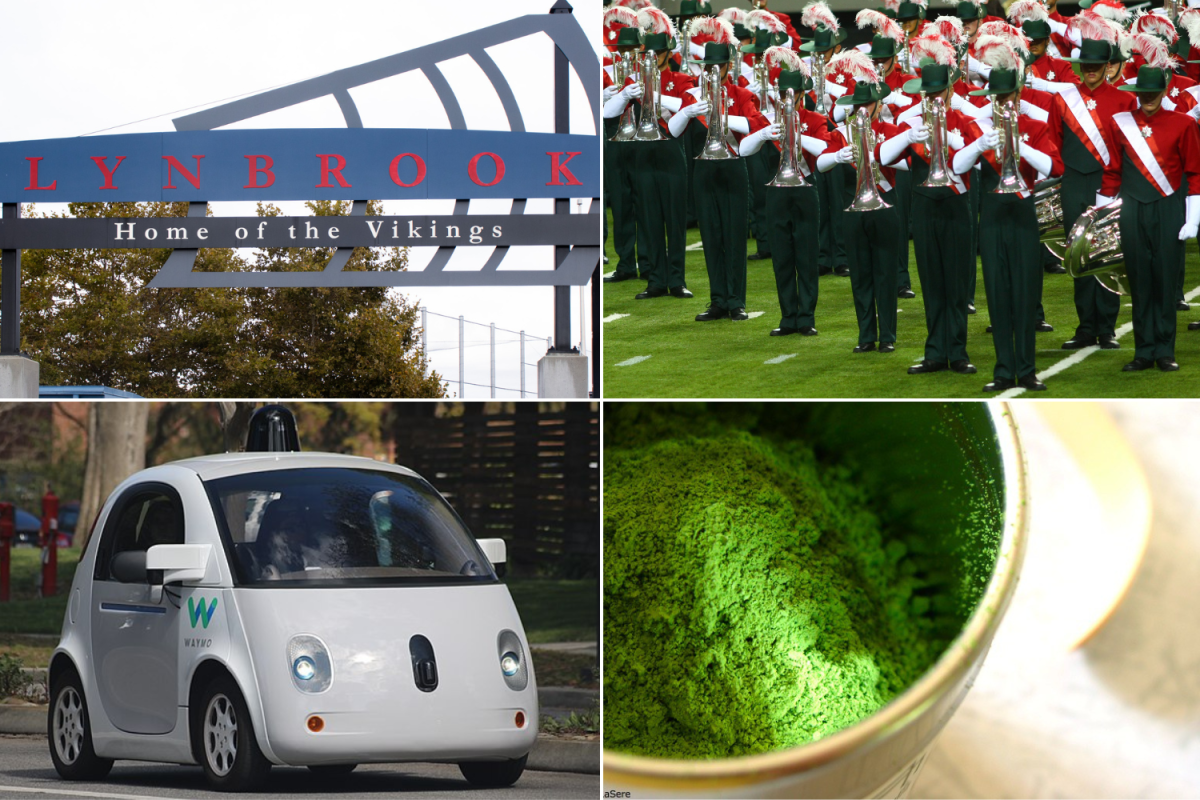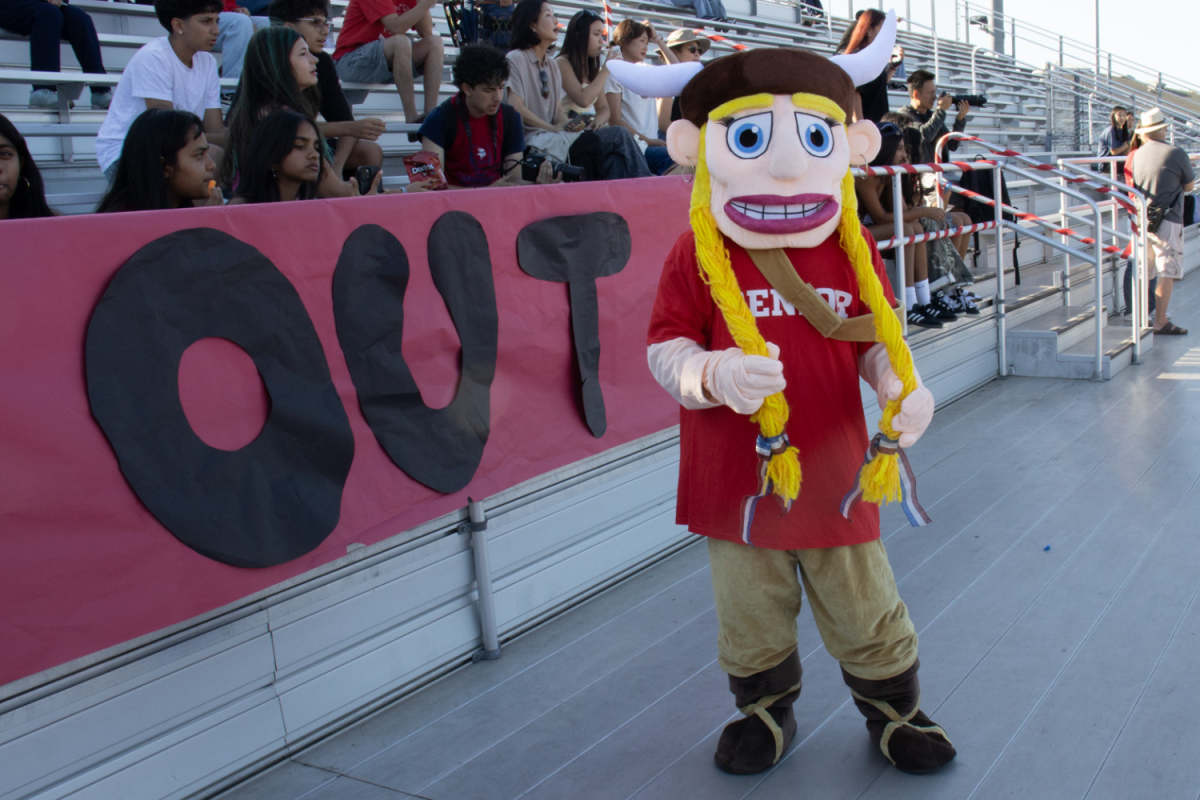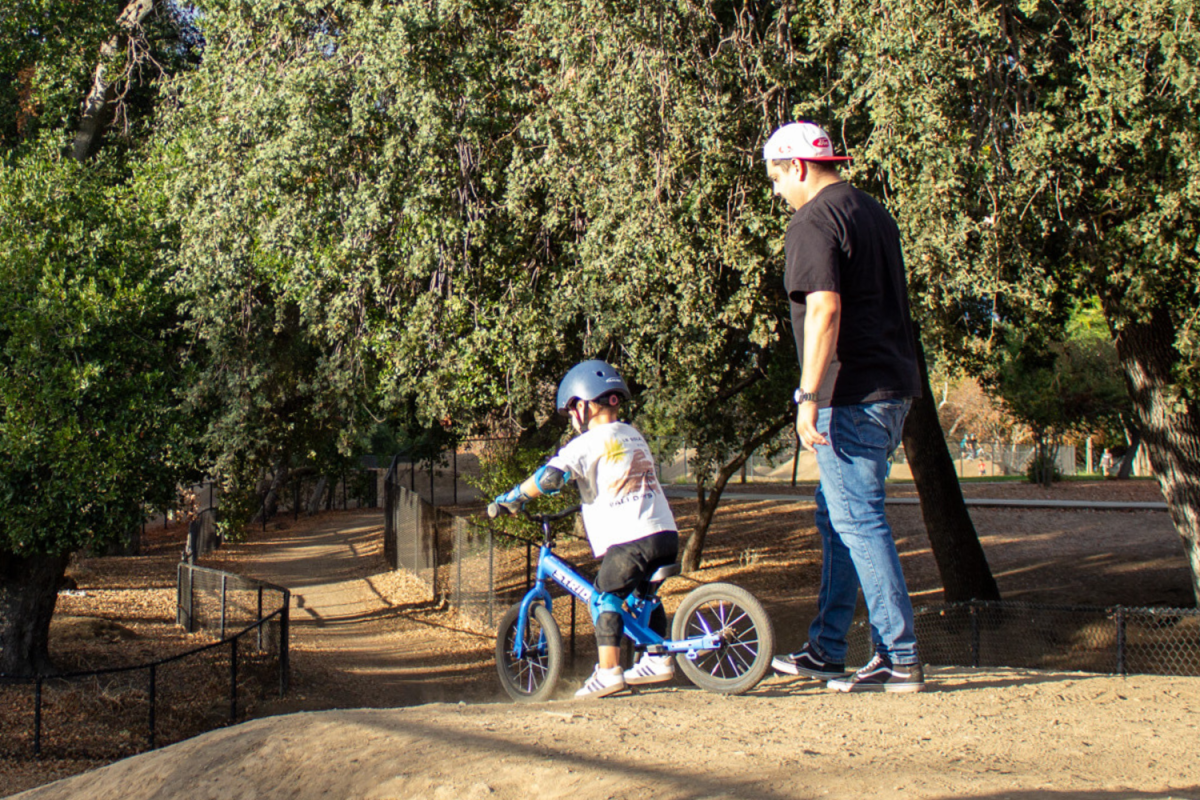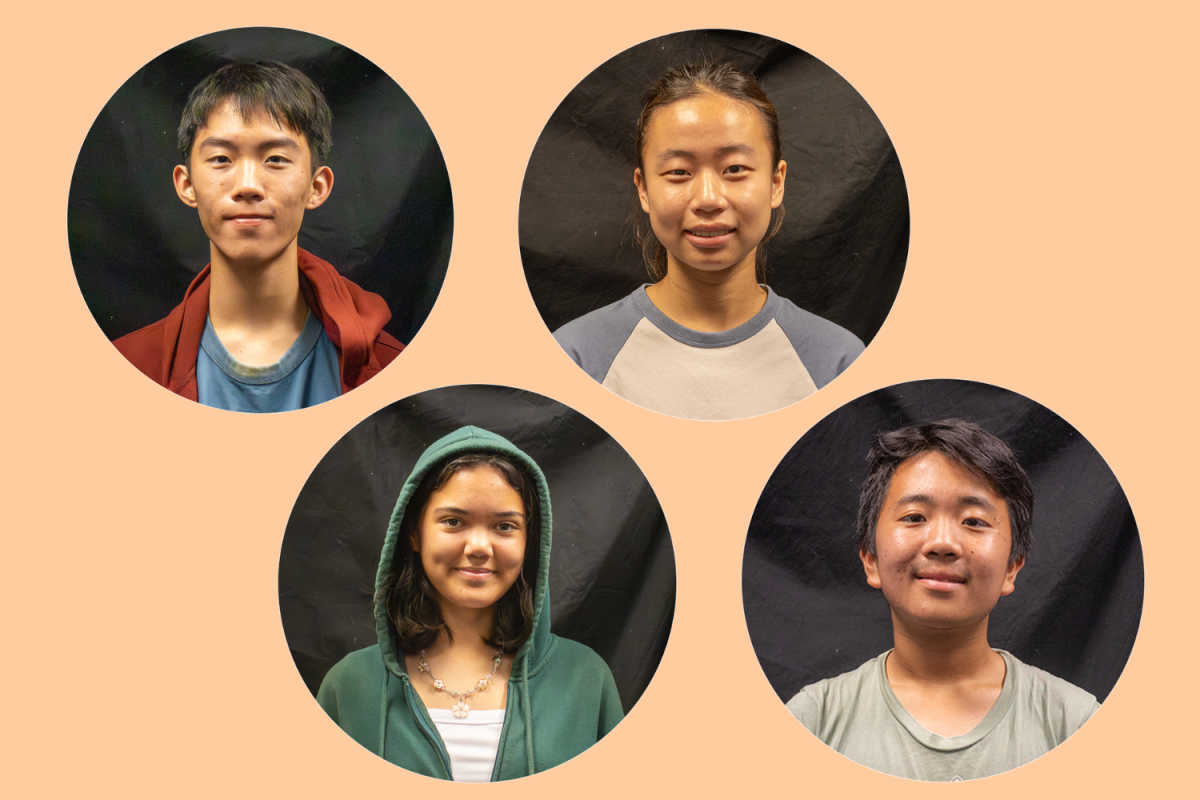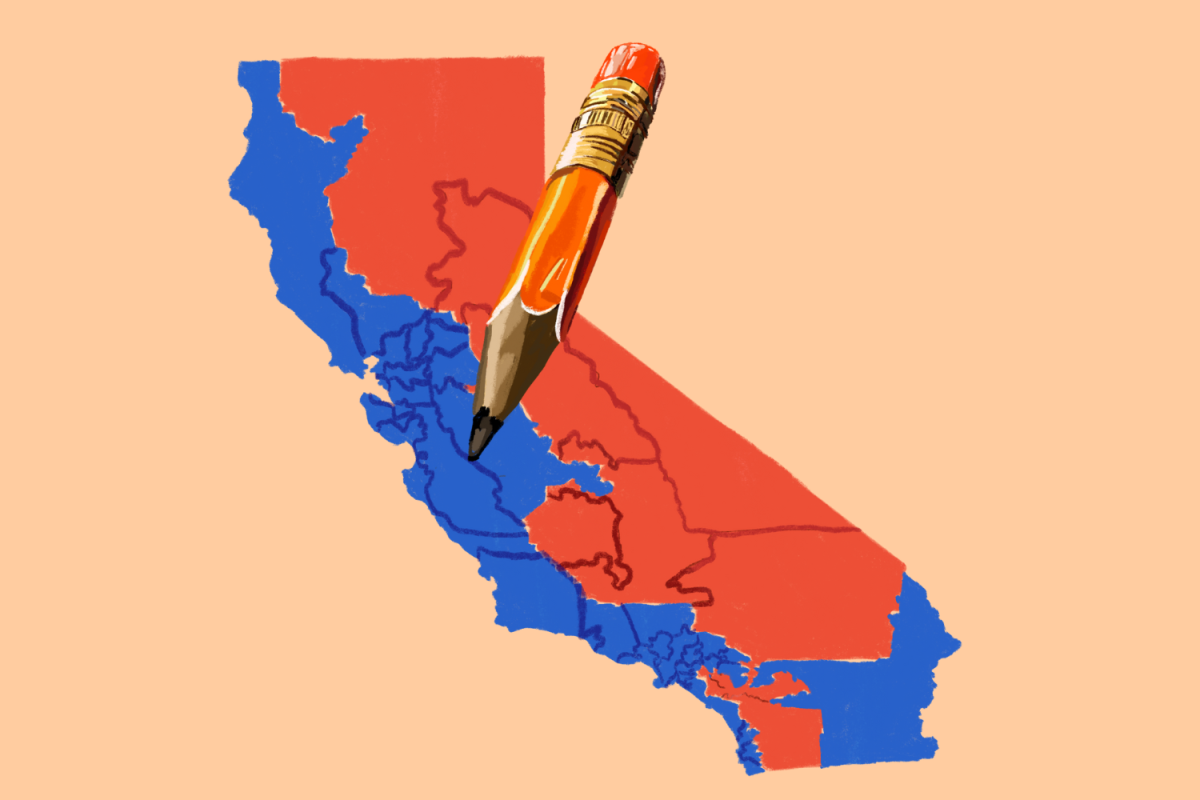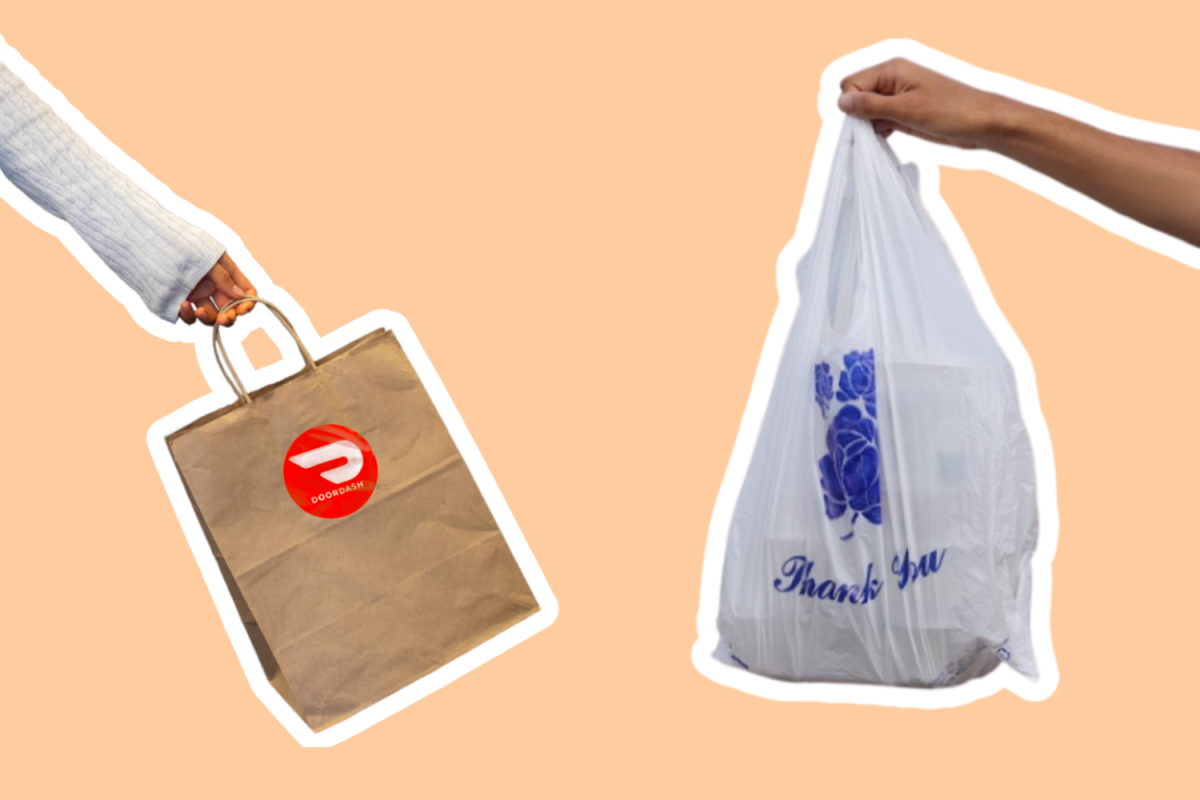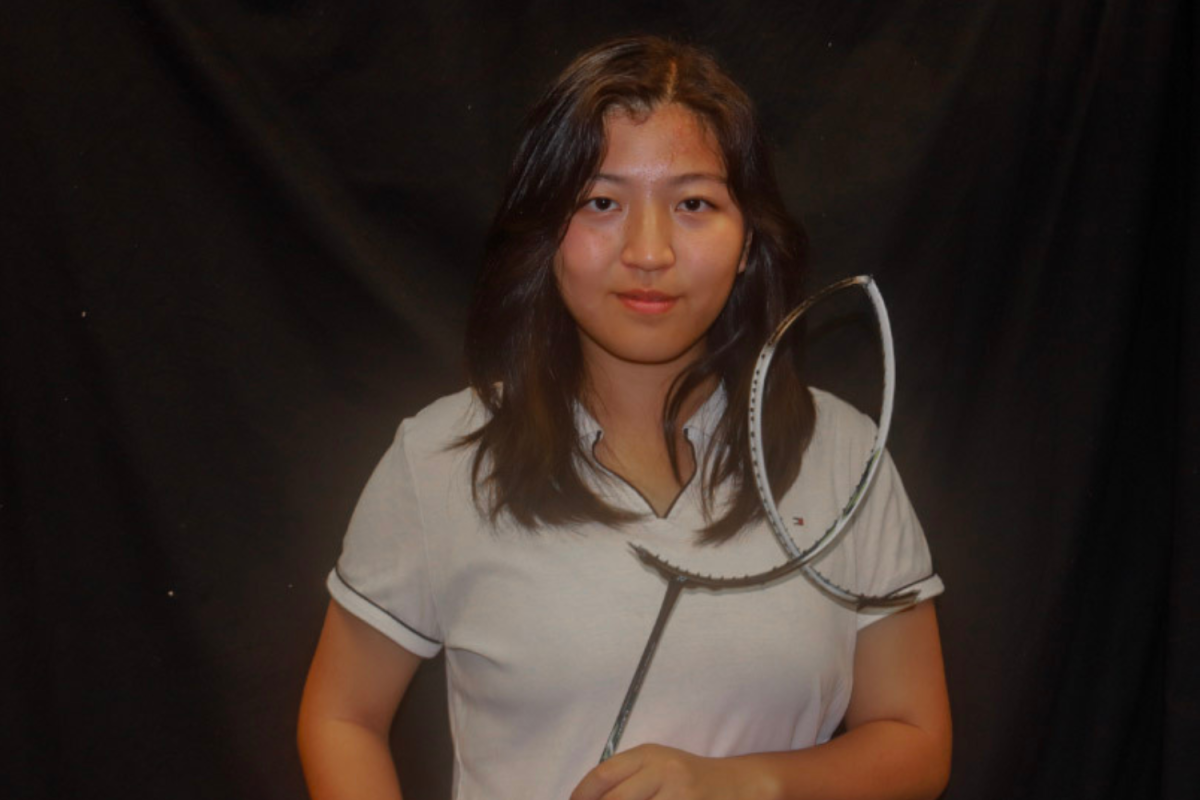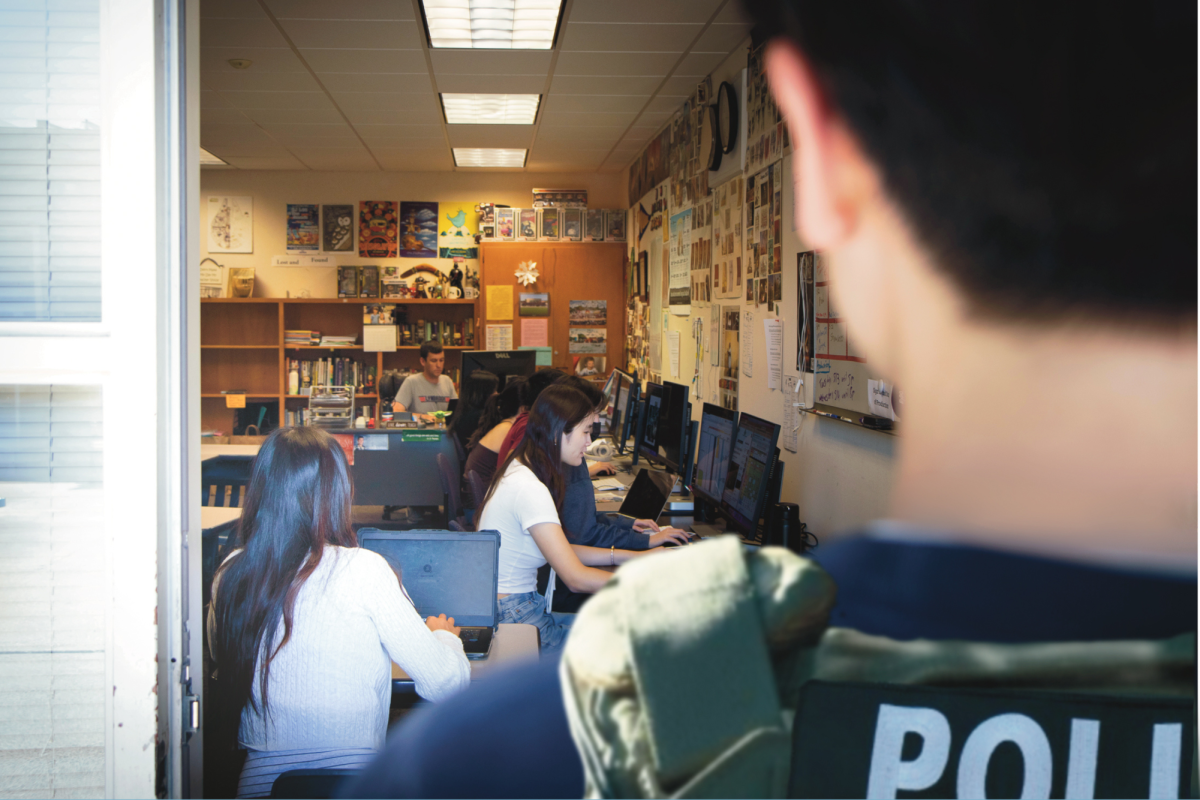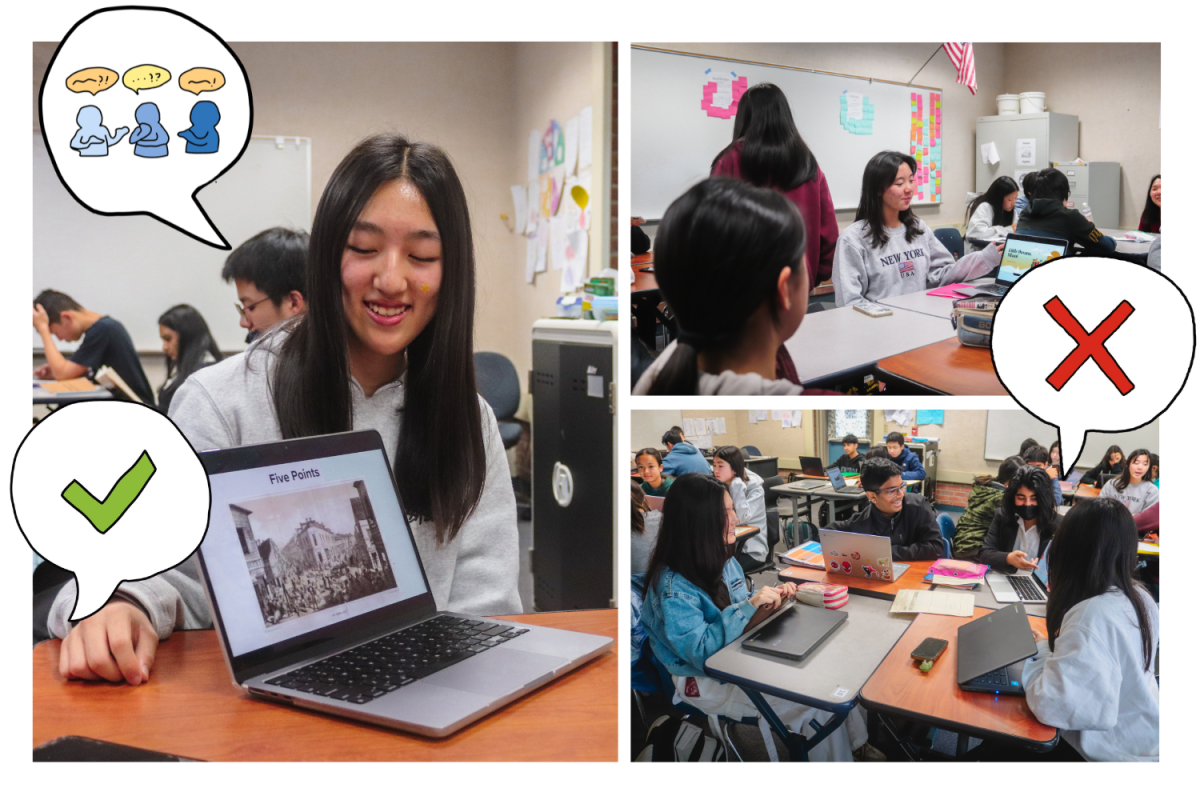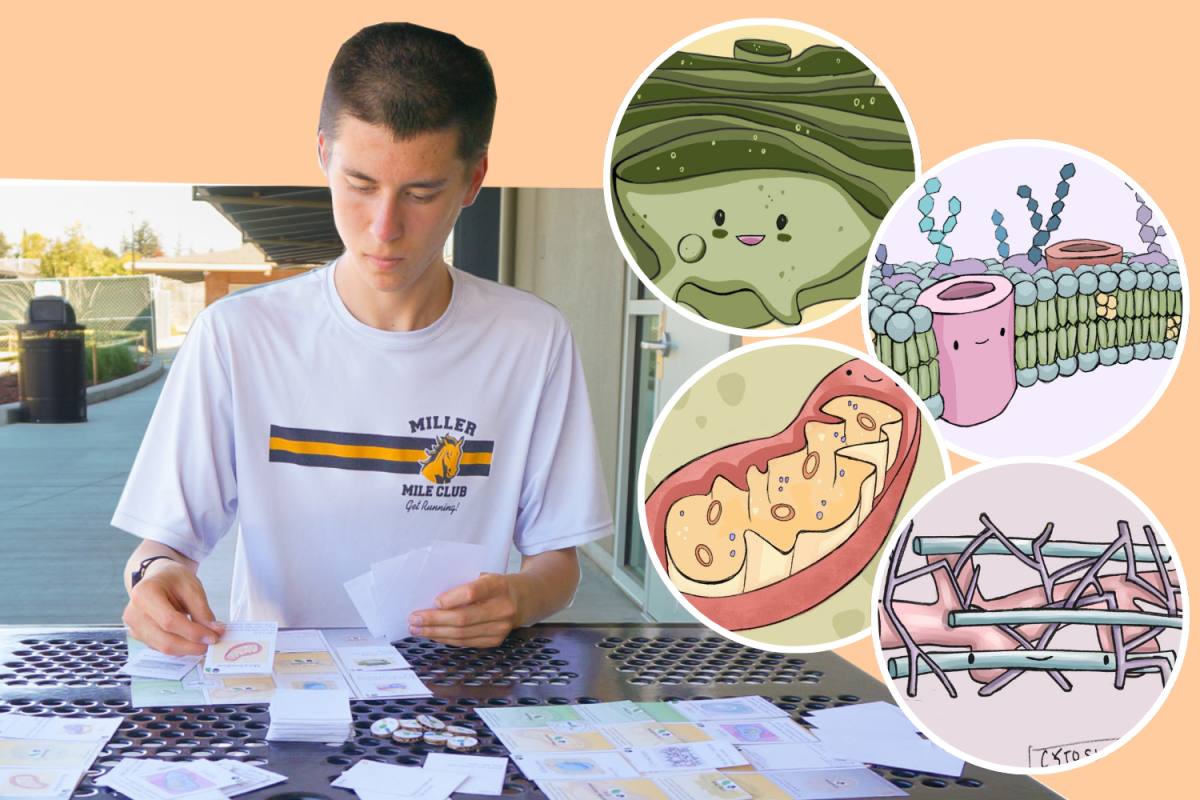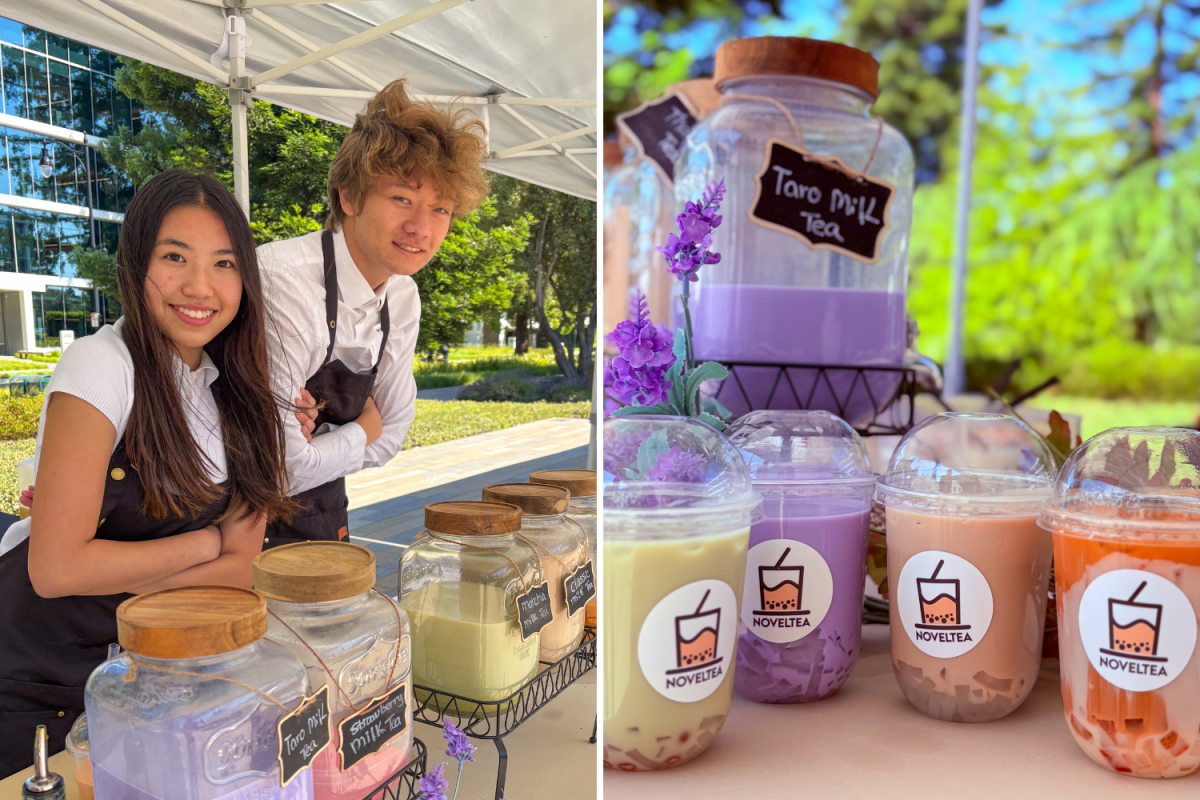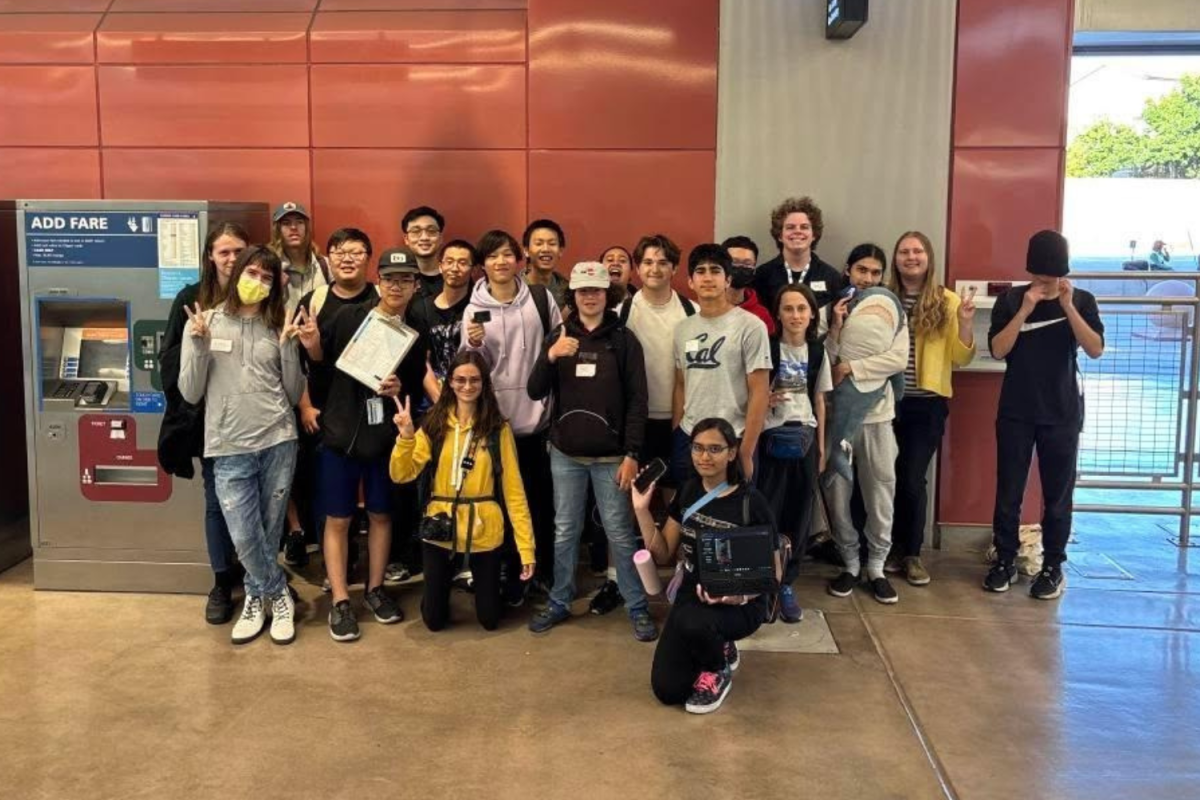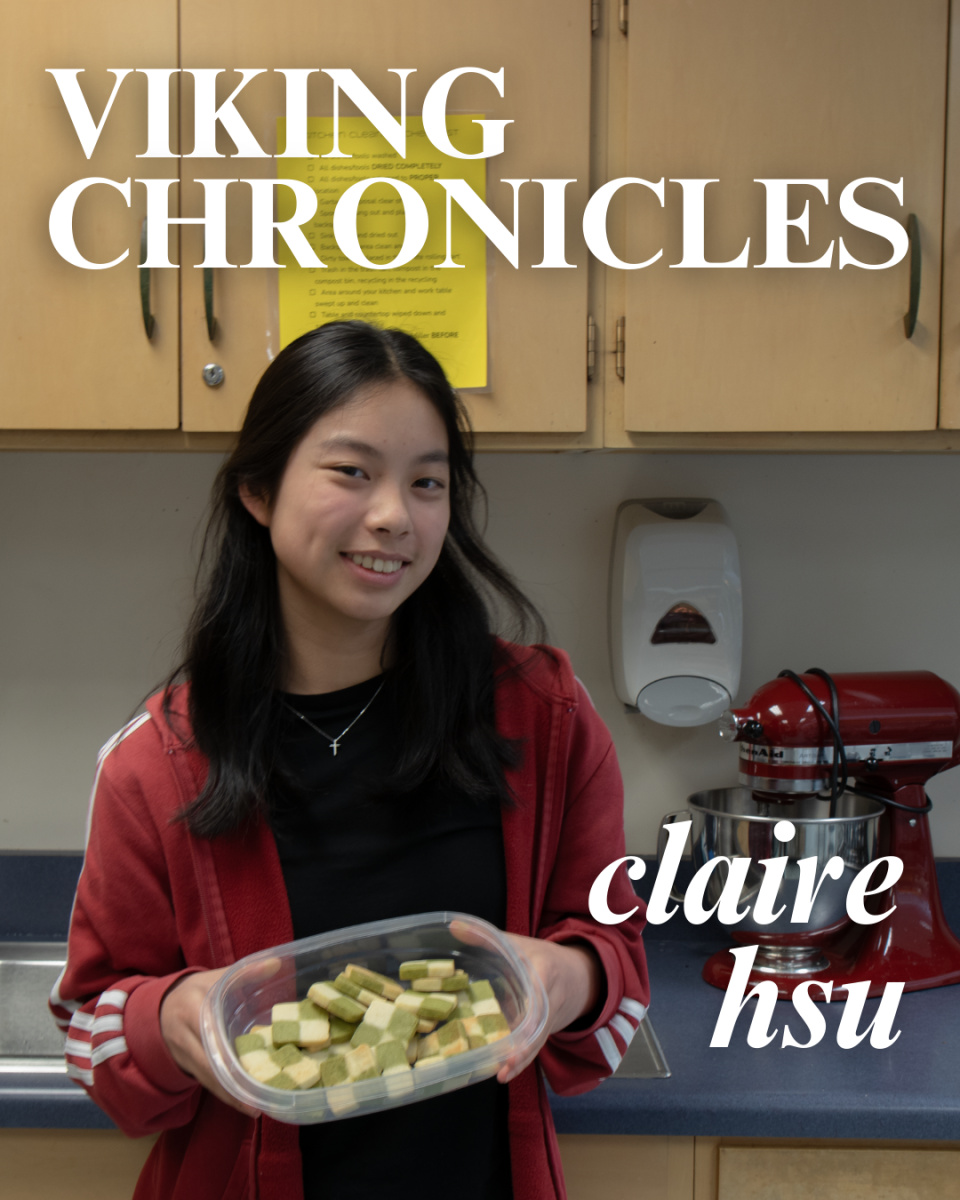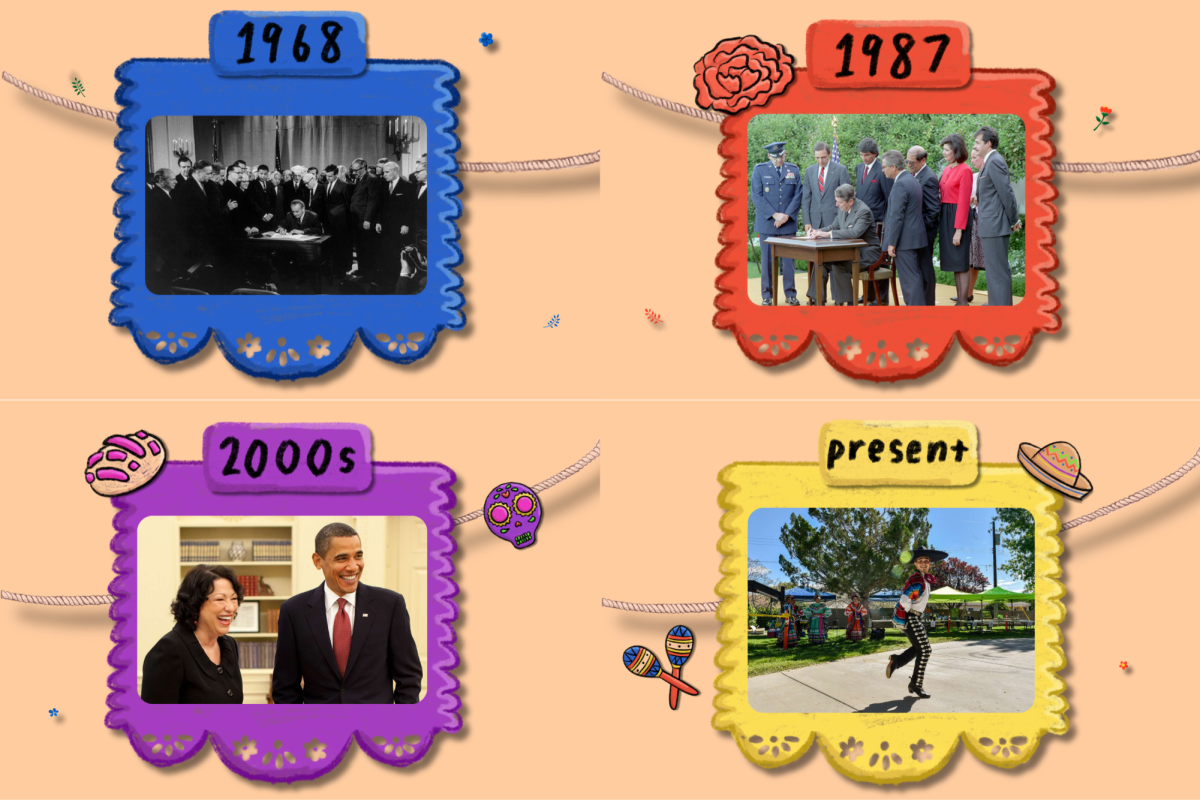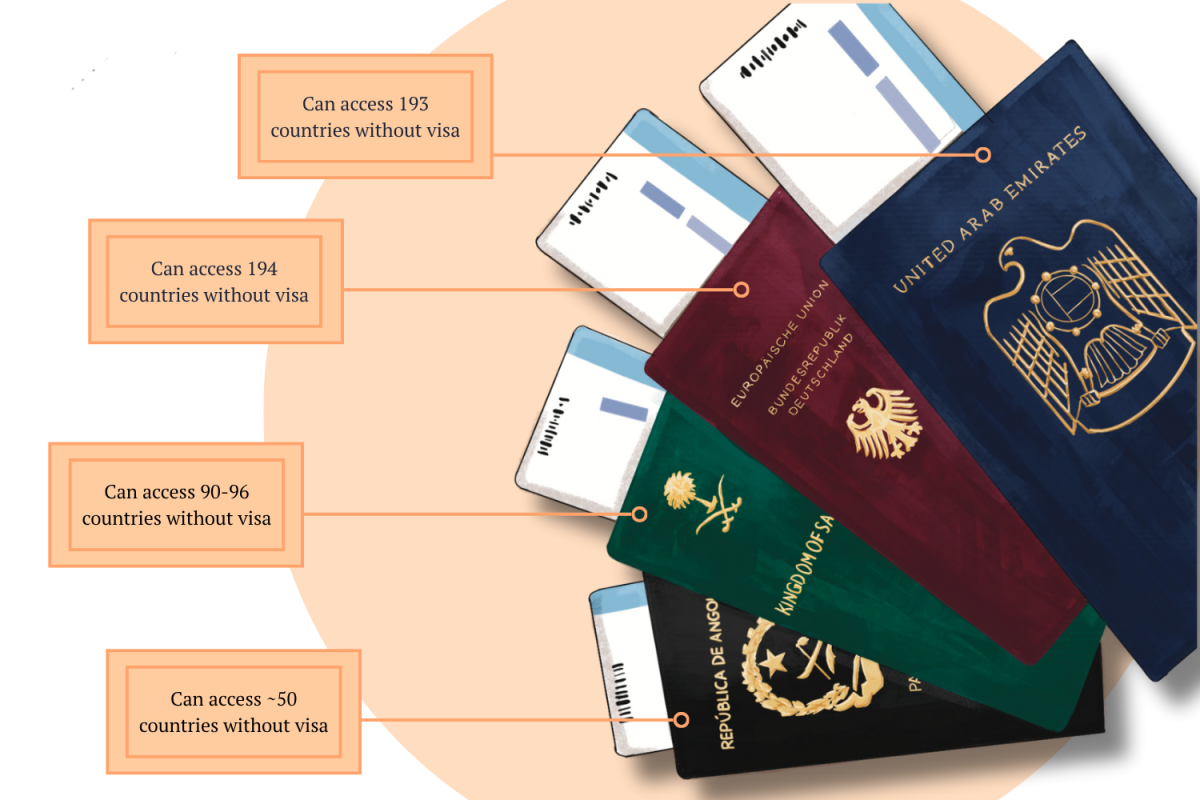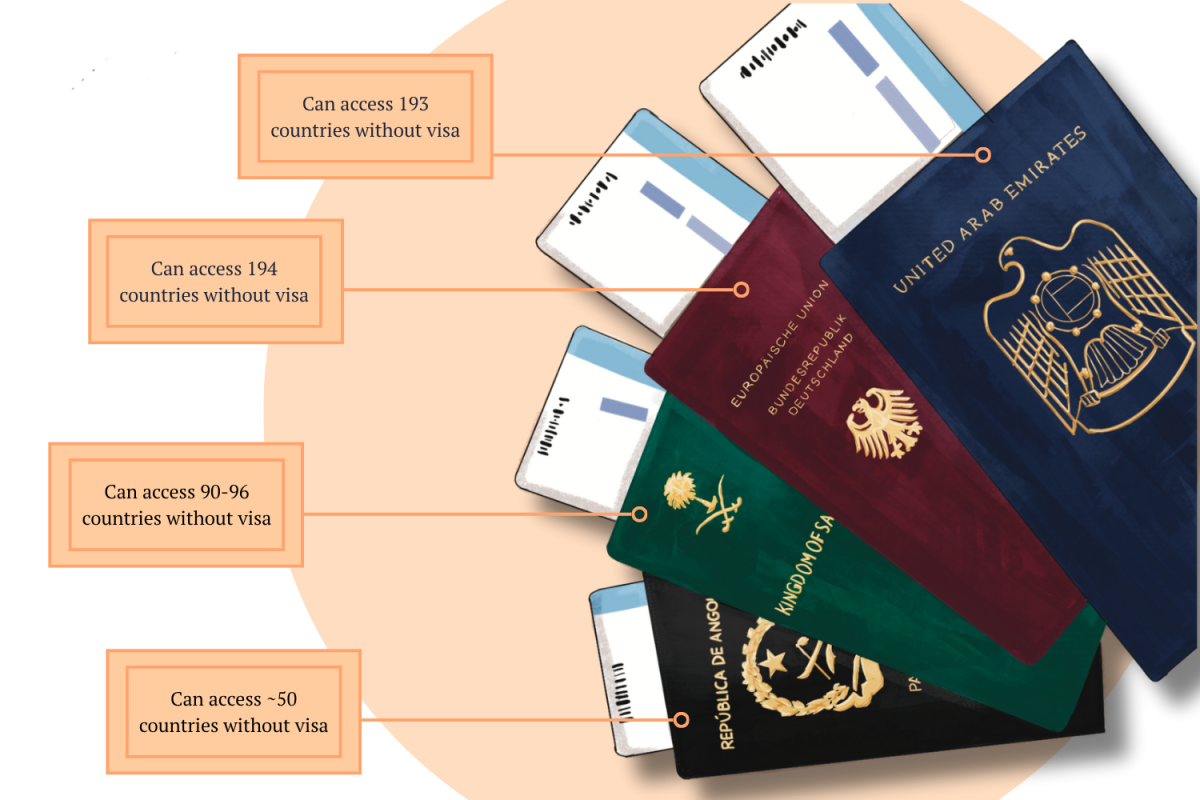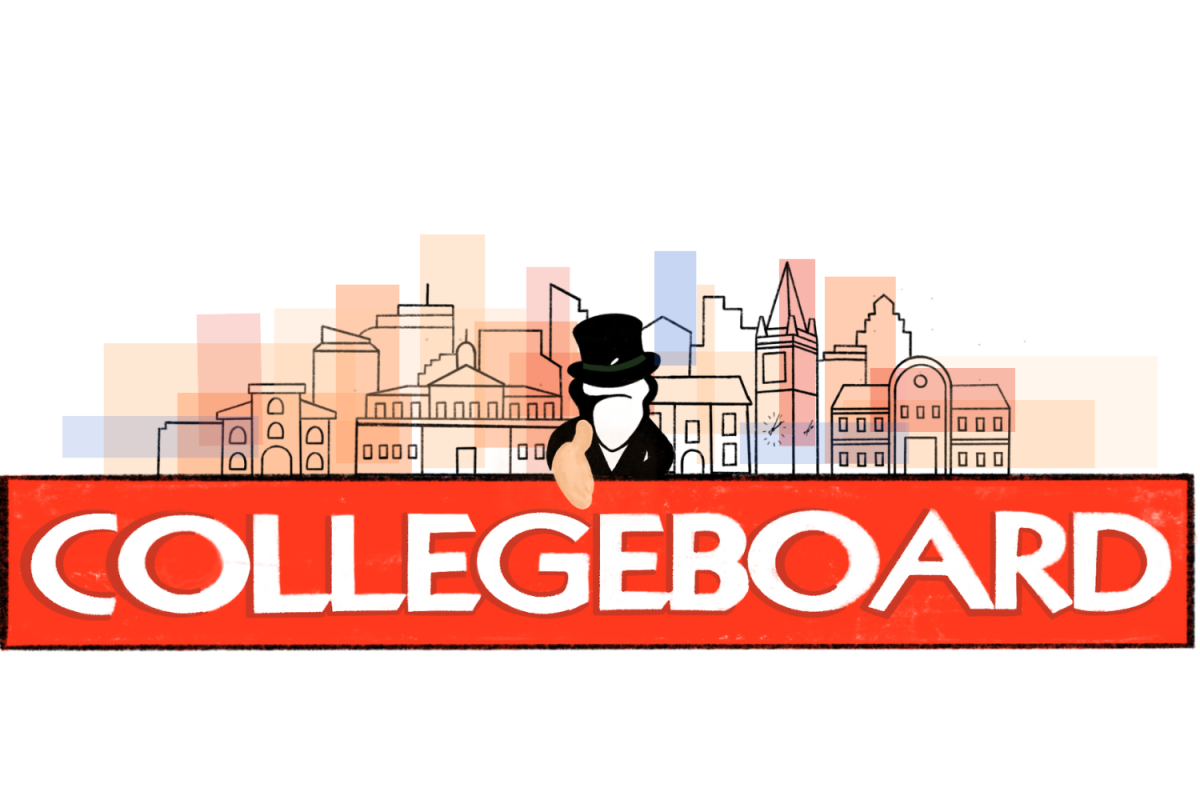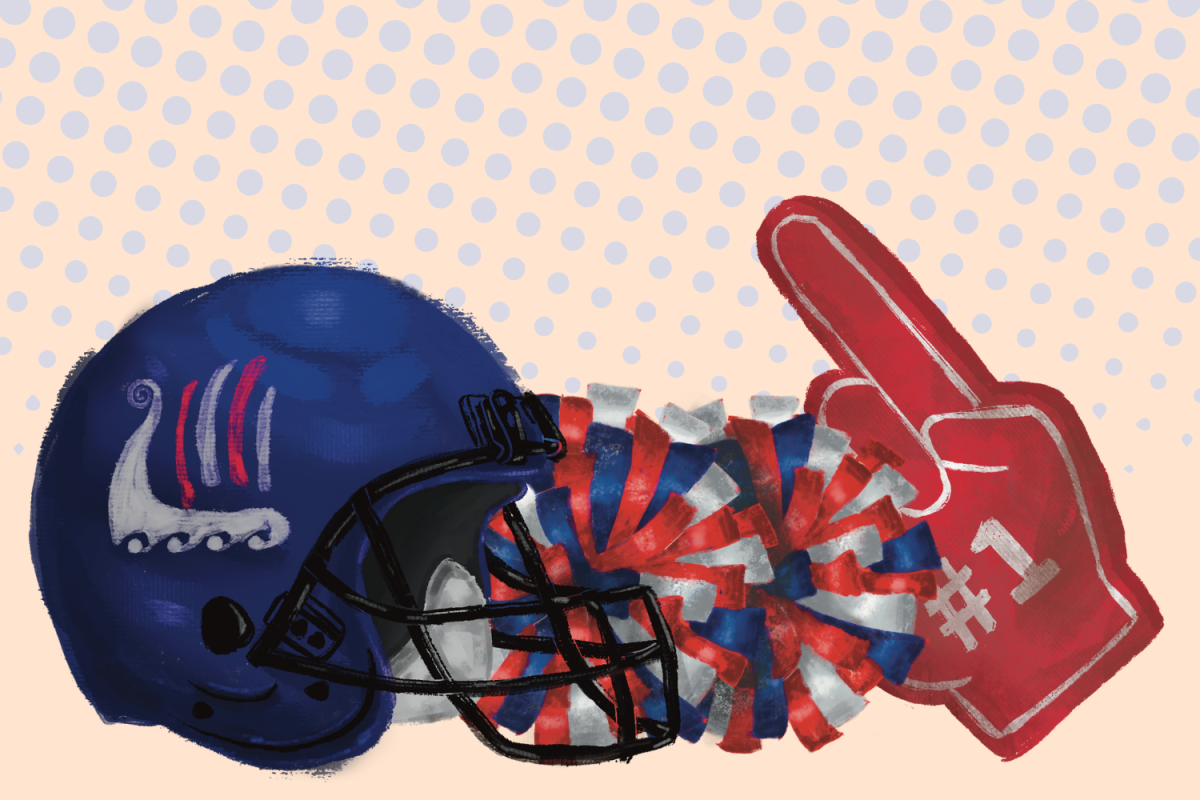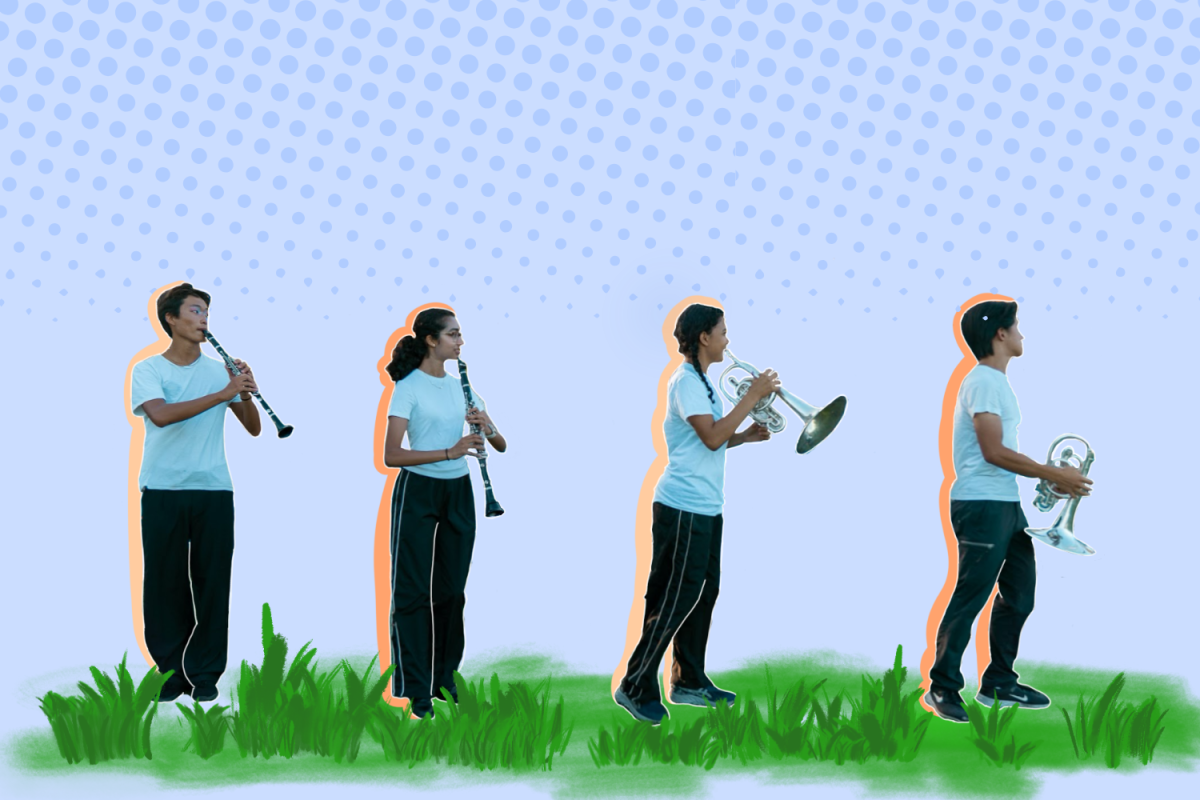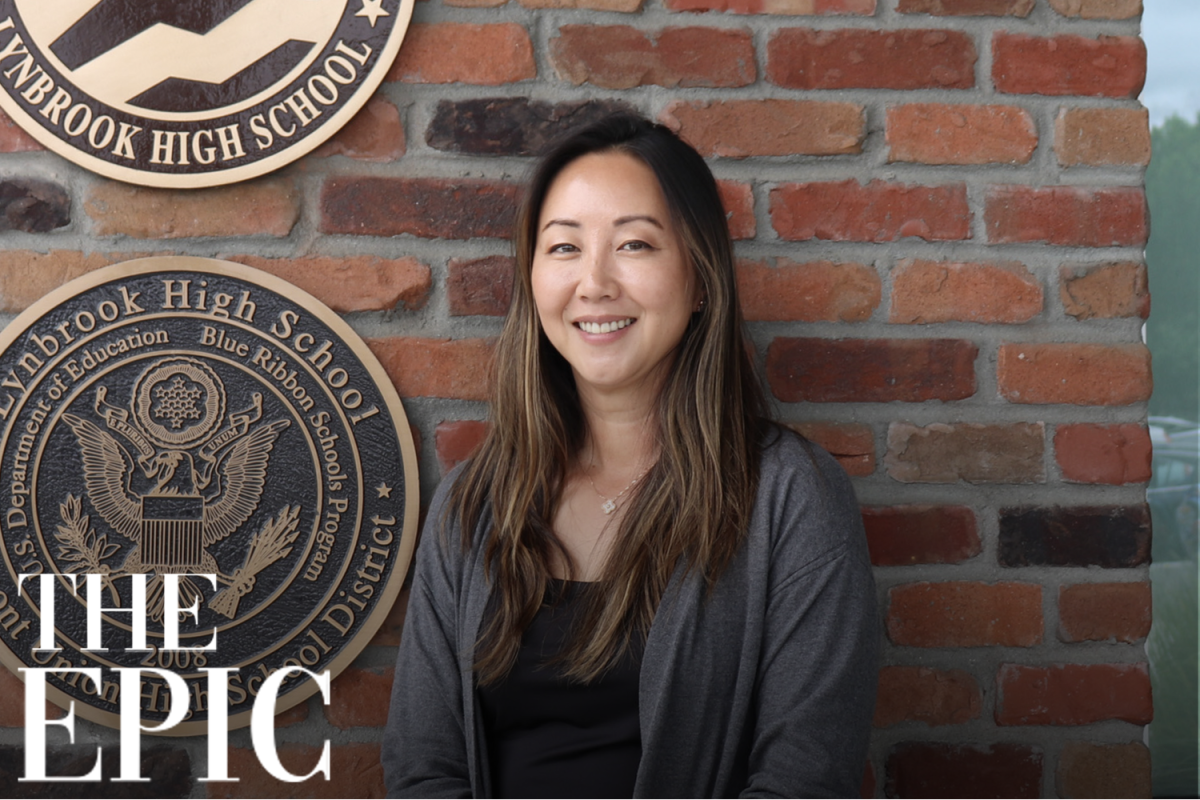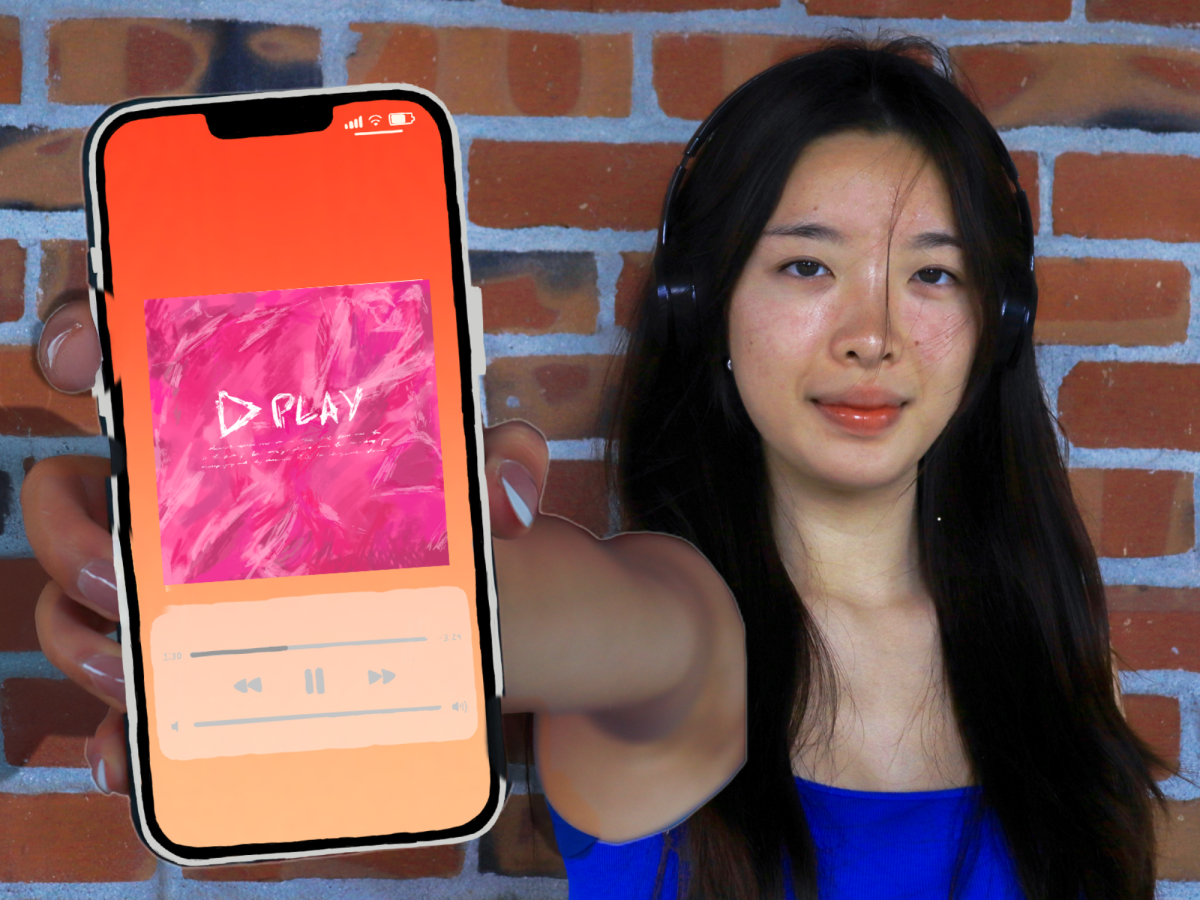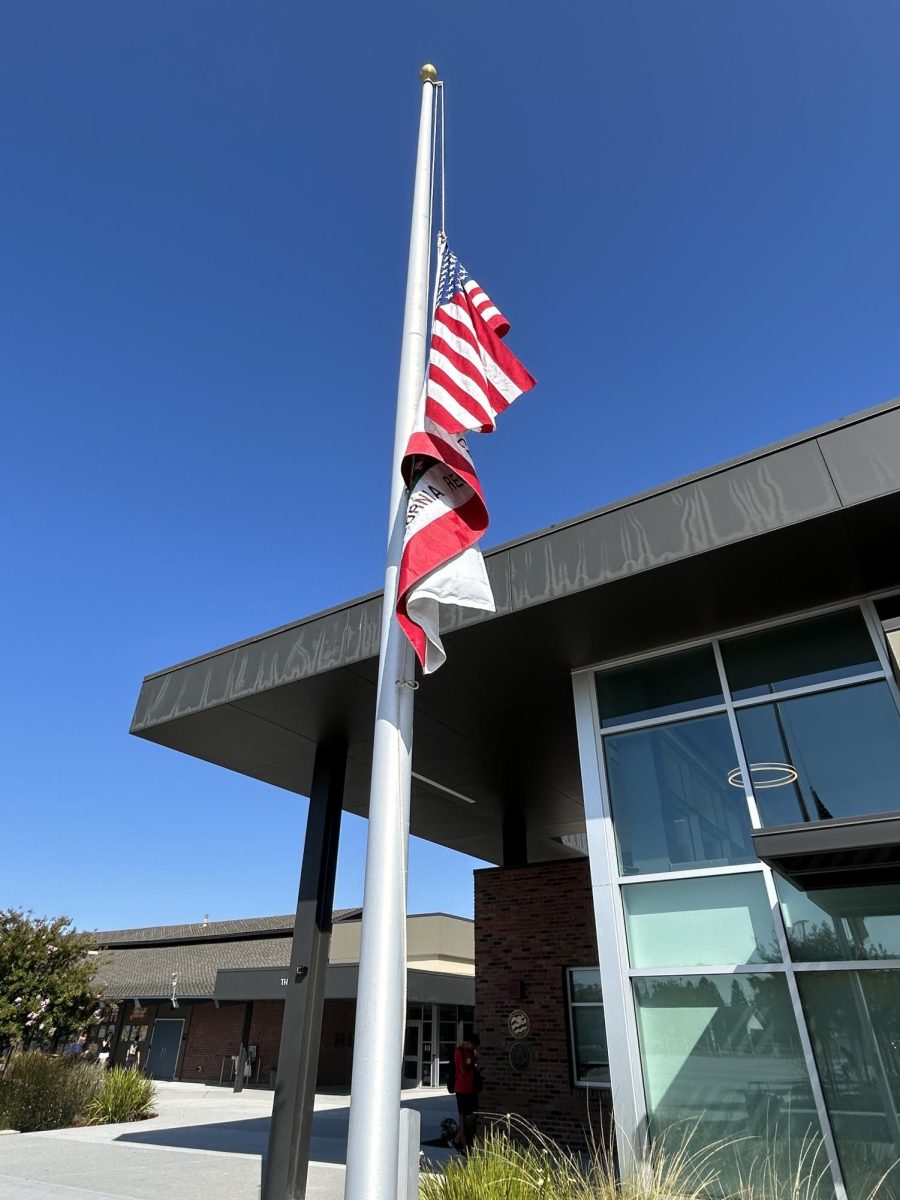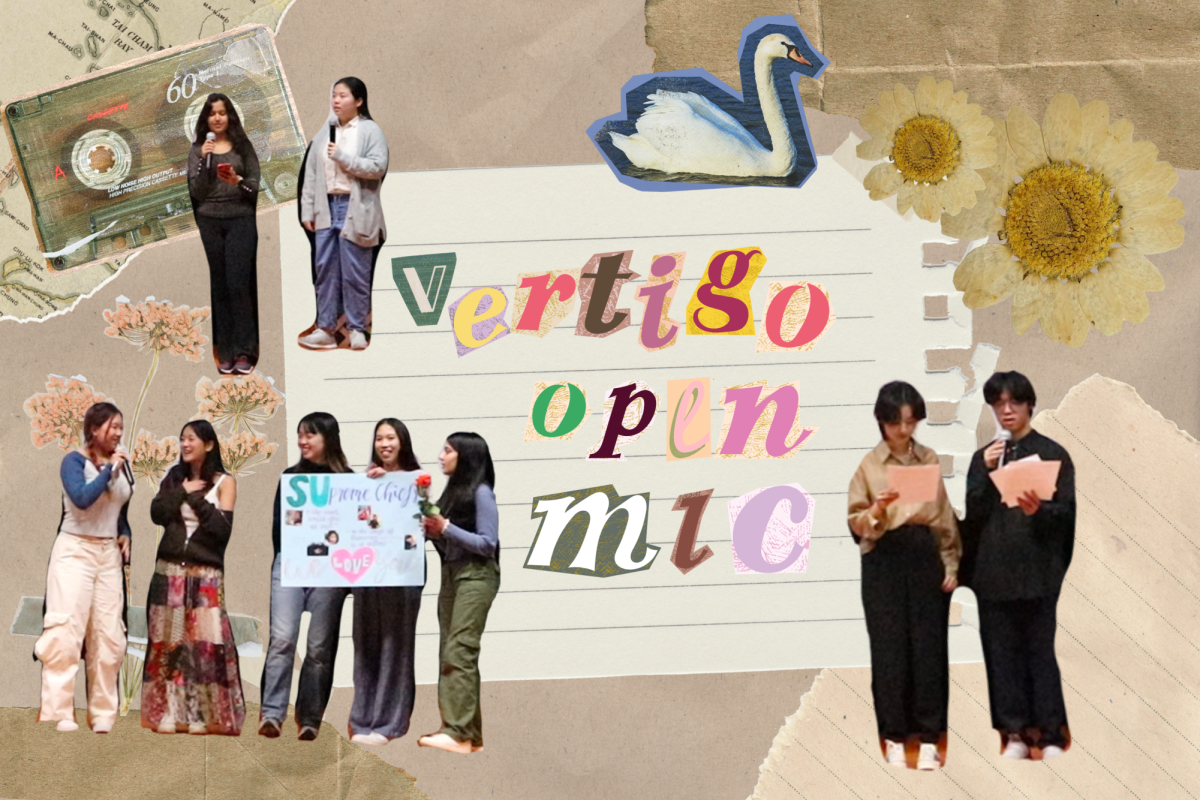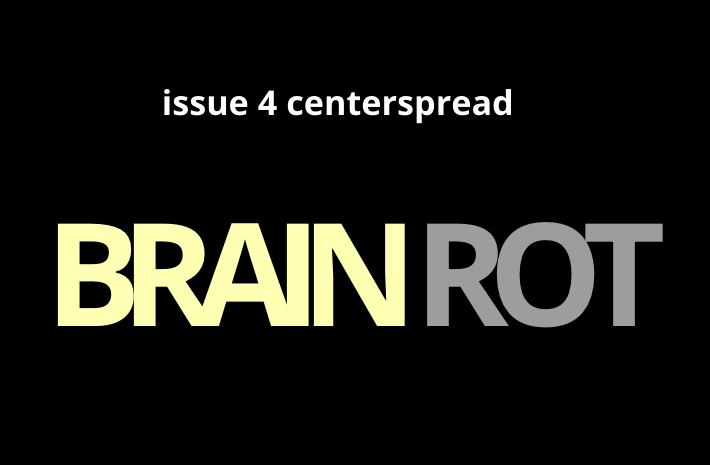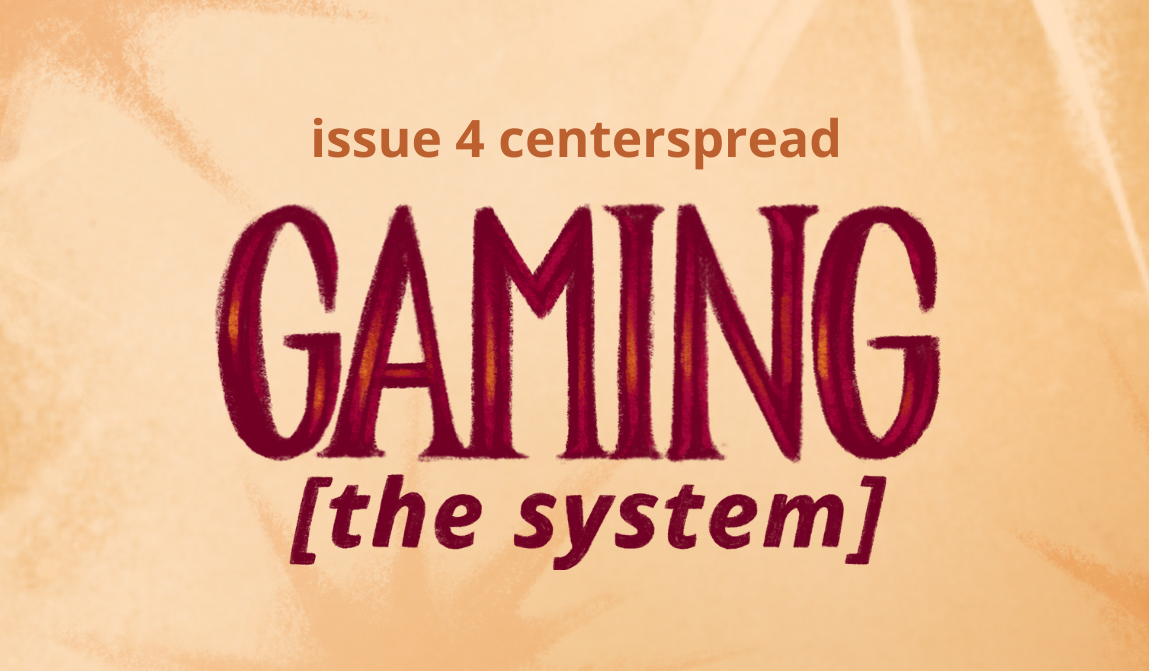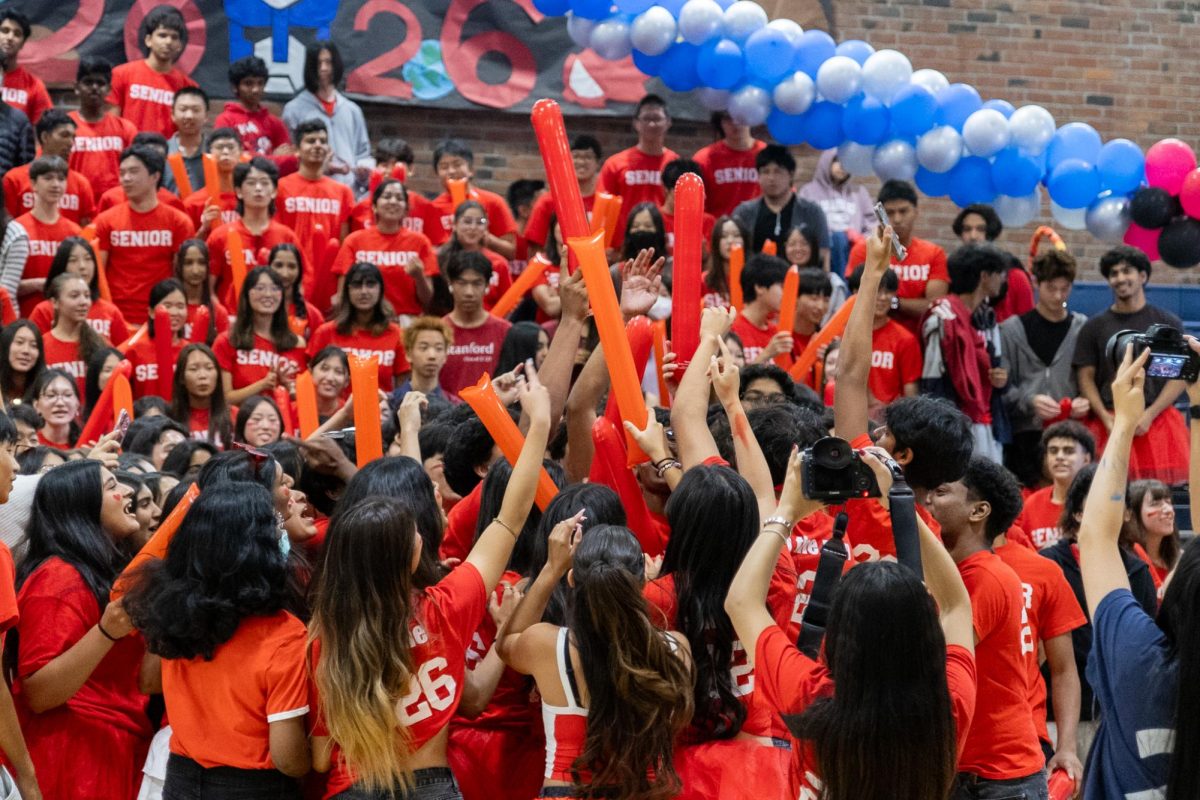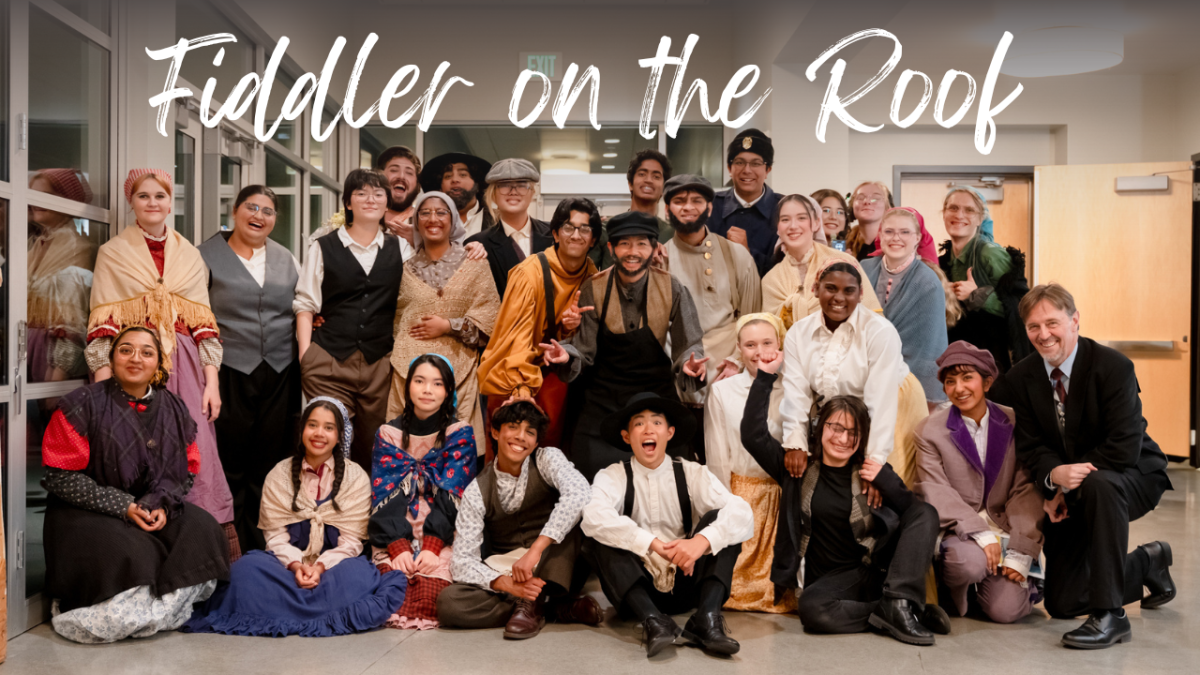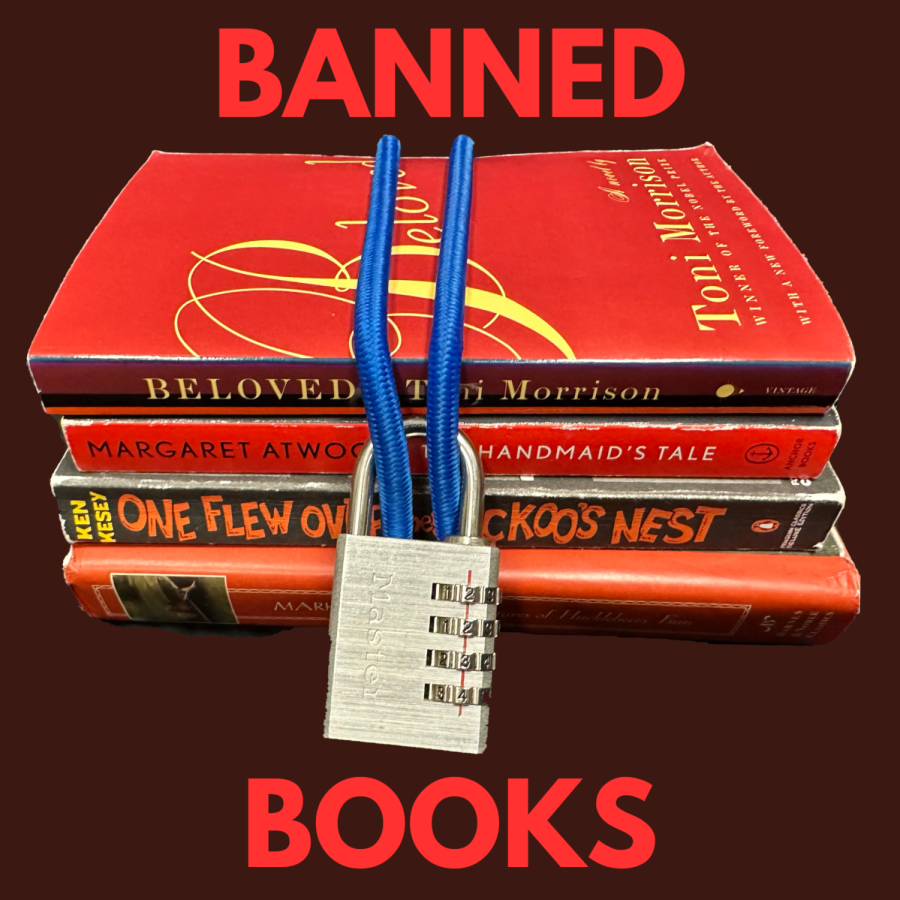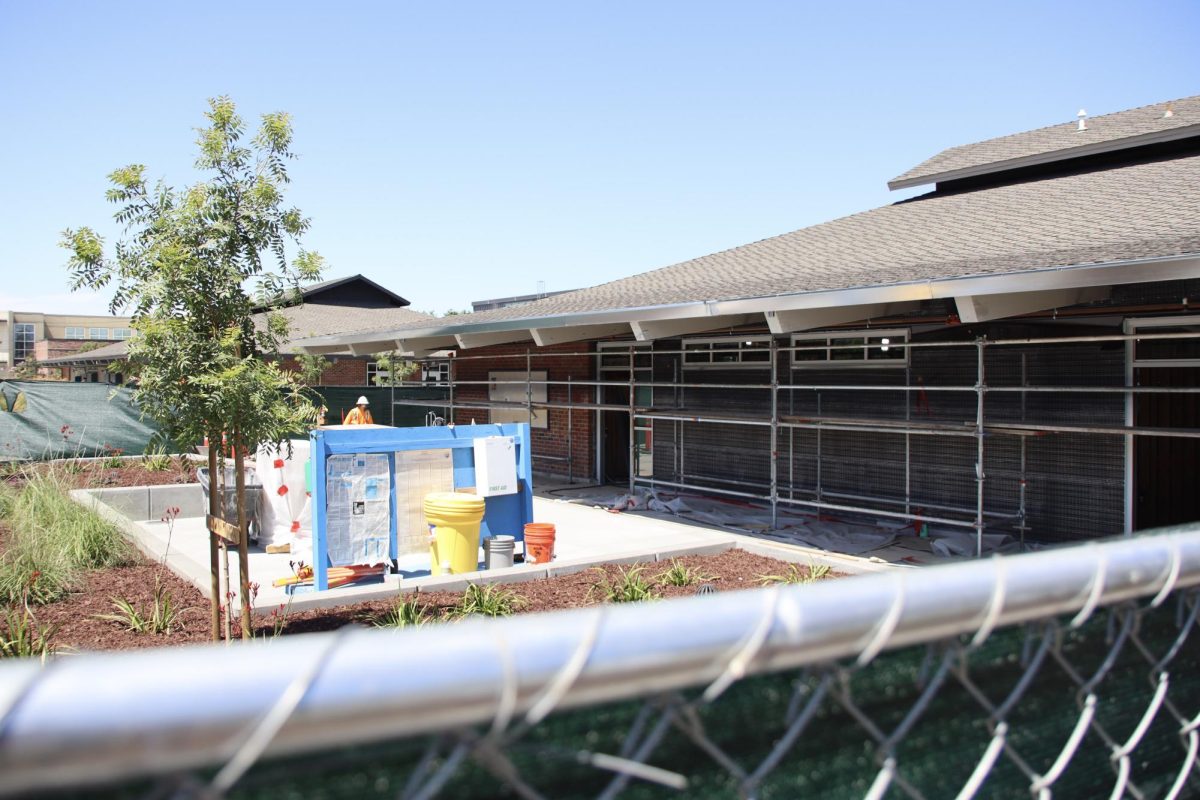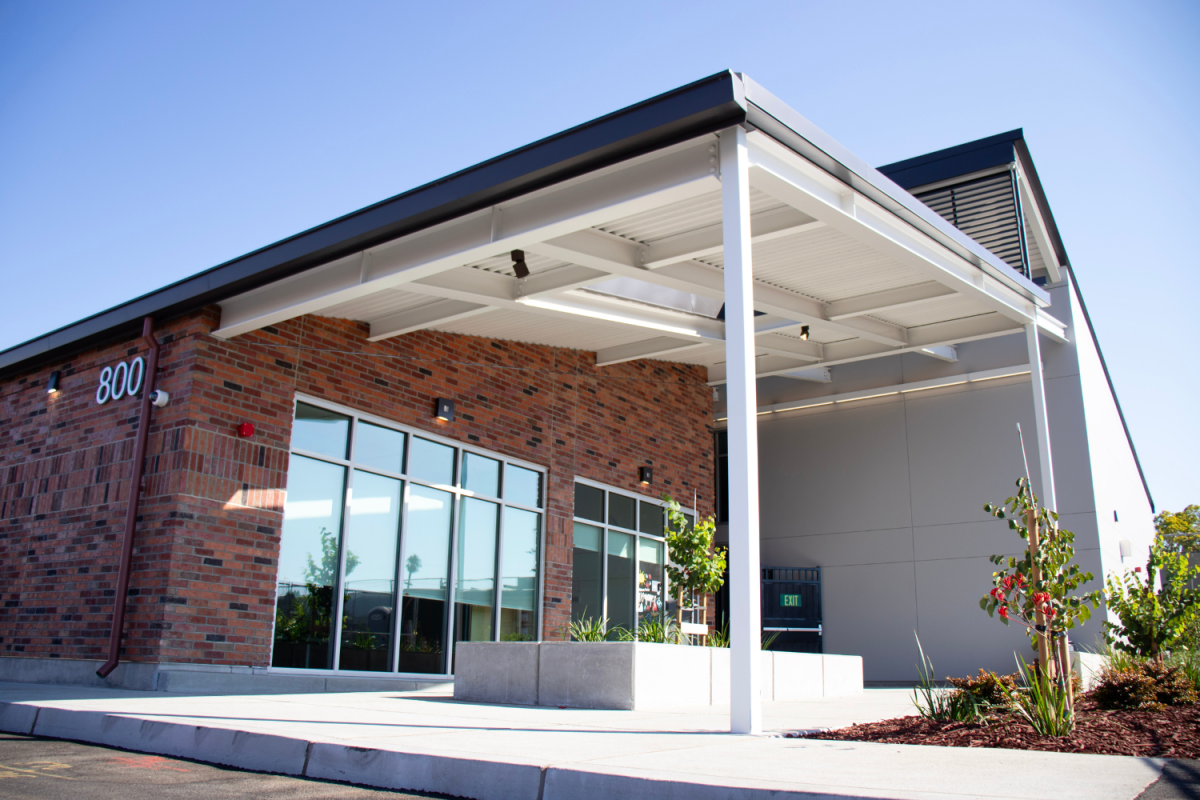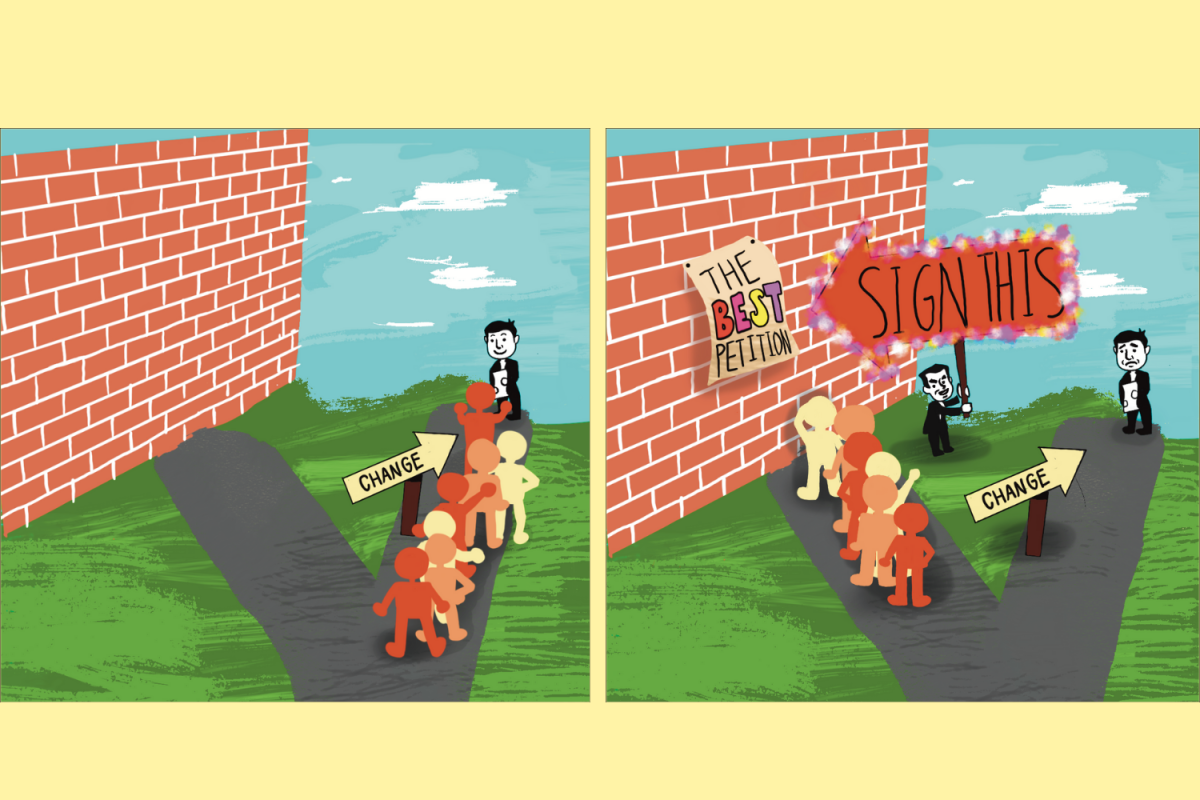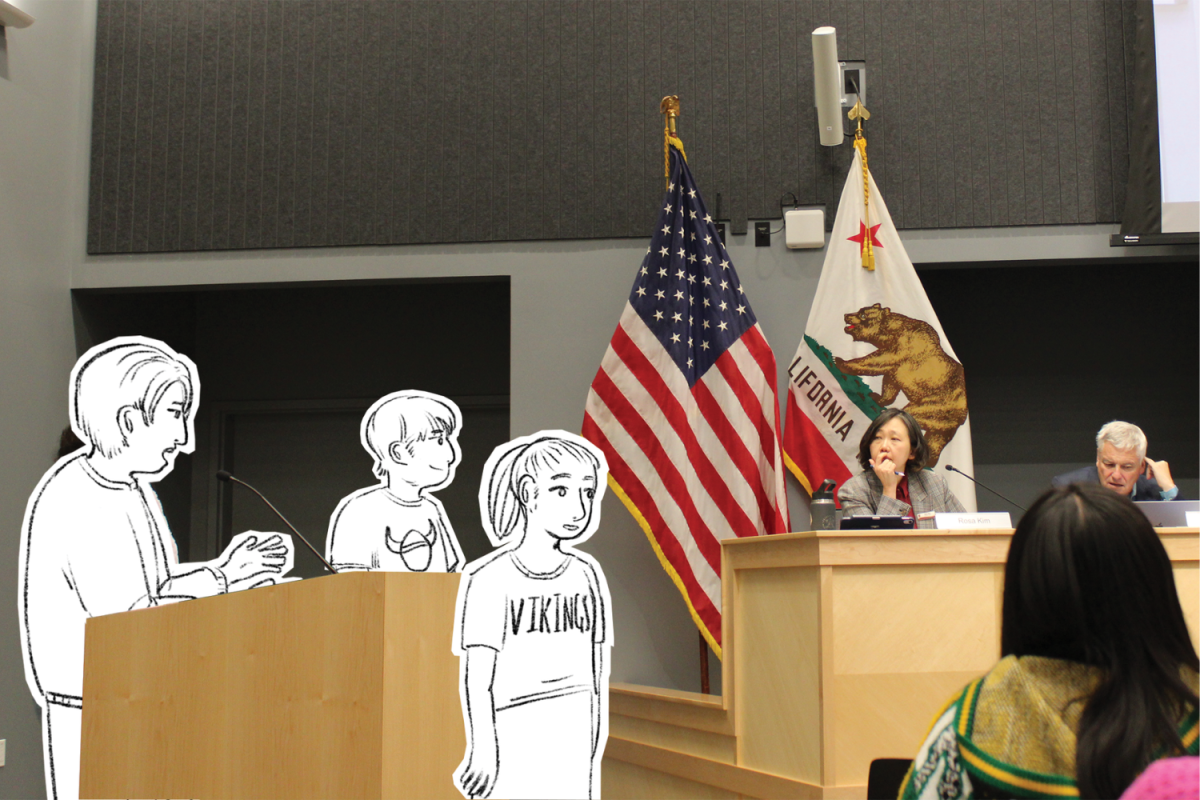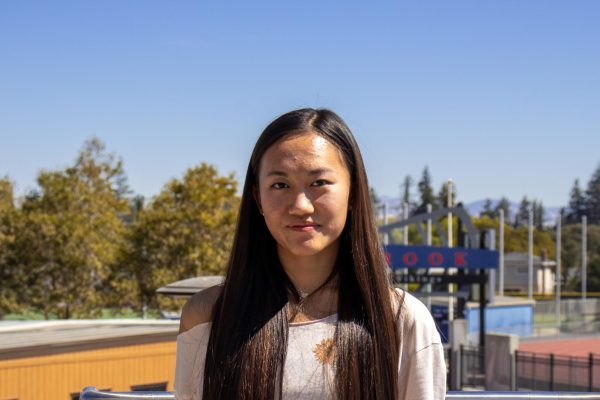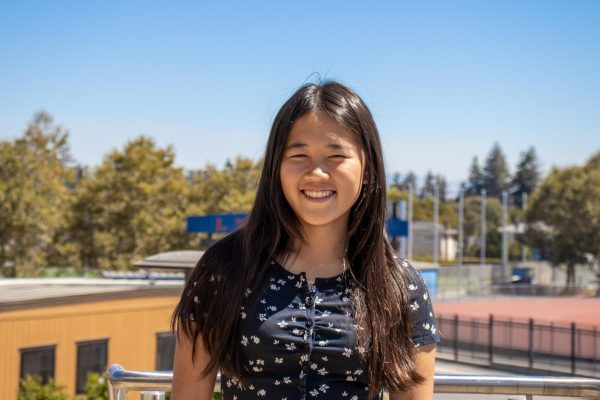After a long morning of classes, lunch is a much-needed break for students. Under Lynbrook’s current food delivery policy, students are not allowed to have meals delivered to the school campus or nearby houses from food delivery services. However, an alternative to a completely restrictive ban that allows for both safe and efficient food delivery is worth considering. In order to better inform food delivery policy, Lynbrook should be open to implementing student input.
According to the student handbook for the 2024-25 school year, “meals cannot be delivered to students through the office,” including orders from delivery services like DoorDash or Uber Eats. At the beginning of this school year, Assistant Principal Eric Wong sent out an email reminding students of the policy, outlining confiscation as a consequence for violation. Reminders have also come in the morning announcements and “The Week Ahead” emails.
The ban is effective from the beginning of the school day until the office closes at 4:30 p.m. However, this prevents students who have after-school sports and extracurricular activities from receiving food deliveries during that time, which is often before their practices or games. According to the school policy, students who order food may have it delivered to Rainbow Park. This policy aims to prevent traffic accidents and safety issues with food delivery workers entering the campus unauthorized.
“Because the food delivery workers are not regular parents who come on campus, they tend to come in from the no-entry in the parking lot,” Wong said. “We’ve seen a lot of very close calls, because they come in from the exit while somebody is leaving, and they’re not expecting a car to come at them.”
Although the policy also bans deliveries to neighboring houses, homeowners near Lynbrook have still expressed concern over student food orders being delivered to their homes without permission. A food delivery policy that encourages students to direct delivery workers to a specified location could make deliveries more accessible and prevent disturbance to neighboring residents.
“Students can DoorDash anywhere off campus, but not peoples’ houses,” Wong said. “We’ve had neighbors who’ve had meals delivered to them a lot, and that’s become a big issue.”
Despite complications with food deliveries, many students have valid reasons for choosing food delivery services. Since this policy was implemented in 2018, circumstances like the COVID-19 pandemic have changed the Lynbrook food scene. During the lockdown, services like DoorDash became much more popular due to increased reliance on delivered meals. Post-pandemic, many students have made food deliveries a regular part of their lifestyle, requiring a change in the policy to fit current student needs.
Additionally, Lynbrook’s meals have changed since the pandemic. Starting in 2021, in accordance with the statewide Universal Meals Program, Lynbrook began serving free meals to all students. While the cafeteria provides a variety of meals daily, it often runs out of popular items quickly, leaving limited options like cheese pizza for students. For students who still want other items, food delivery services offer a good alternative.
Students with dietary restrictions and allergies may also struggle to find enough cafeteria food that meets their needs, resorting to food deliveries. Deliveries are also an option for students who can’t drive.
“Students in high school should be able to use DoorDash because it’s really convenient for us to get a variety of food that we want,” freshman Hannah Li said. “If we don’t want to eat pizza every day, or if we don’t have the time in the morning to pack food for ourselves, we can still get the food that we want.”
To meet student needs, Lynbrook should consider a compromise to the ban. For example, a modified policy that would allow food deliveries at or near the GSS through a streamlined procedure, similar to the one at Cupertino High School.
Cupertino has a food service policy that allows food delivery workers and parents to drop off meals at a table in front of the office. A similar policy at Lynbrook would mitigate direct interaction with off-campus delivery workers while preventing them from entering campus.
With restaurants and snack shops within walking distance, students at Cupertino have multiple options for fresh food off-campus. On the other hand, Lynbrook students have fewer options.
“Different schools have different philosophies,” Morgan said. “This also contributes to the differing food delivery policy between the schools. Ultimately, we want to keep students safe and keep the school functioning appropriately.”
Apart from banning food delivery services, the current Lynbrook policy also prohibits family members from dropping off meals. Establishing a drop-off procedure would allow students to receive food from their families as well, providing a source of fresh, home-cooked meals.
Having a food delivery table could lead to problems like traffic dangers and food being left at the table, stolen or accidentally taken. Lynbrook should take student feedback to consider a compromise that would allow food delivery while also preventing logistical issues.
Some argue that permitting food deliveries prevents students from learning how to take responsibility for their own meals, asserting that students should either remember to bring food or eat in the cafeteria.
“As a parent, I feel that it is also part of our responsibility to teach students that they should remember just to bring meals in the morning, taking care of their lunches,” attendance accounting specialist Jena Rajabally said.
However, delivered food simply provides another option, similar to the vending machines on campus, that broadens the meal selection for busy students.
“I think it’s important to just keep the options open for students as packing food from home is not always easy for families and students,” junior Erin Chen said. “Sometimes if your class is far and you’re in the back of the line, you end up getting less nutritious food from the cafeteria.”
Lynbrook’s policy should be amended to allow a safe and streamlined way for students to have access to food delivery. With increased communication and implemented feedback between students and administrators, we can reach a policy that ensures both safety and accessibility to food.
“Prohibiting food deliveries to campus with the current system doesn’t actually stop the people who want to DoorDash or get Uber Eats,” Chen said. “Since so many people get their food delivered to school, there should be some sort of change or reform such that it’s handled further rather than just preventing it completely.”


